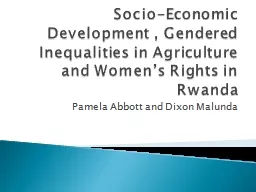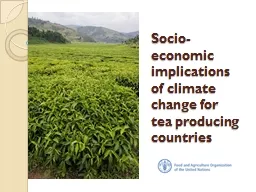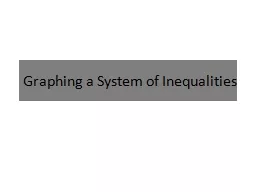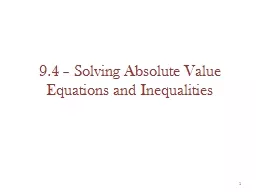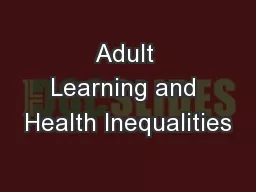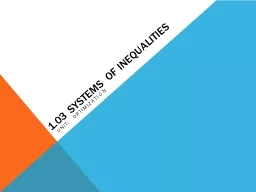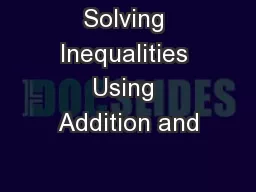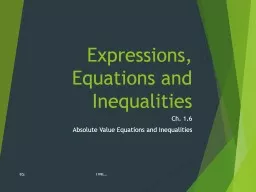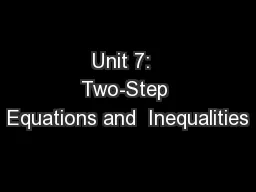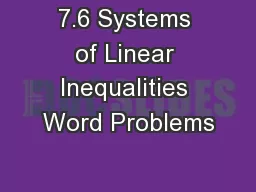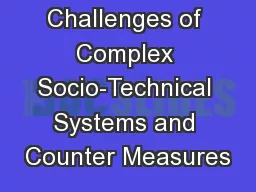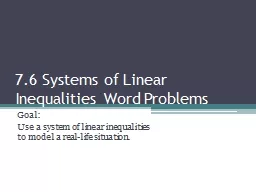PPT-Socio-Economic Development , Gendered Inequalities in Agric
Author : cheryl-pisano | Published Date : 2016-10-25
Pamela Abbott and Dixon Malunda This paper draws on a number of research projects that have variously been funded by the World Bank Oxfam UK ActionAid UNFPA Population
Presentation Embed Code
Download Presentation
Download Presentation The PPT/PDF document "Socio-Economic Development , Gendered In..." is the property of its rightful owner. Permission is granted to download and print the materials on this website for personal, non-commercial use only, and to display it on your personal computer provided you do not modify the materials and that you retain all copyright notices contained in the materials. By downloading content from our website, you accept the terms of this agreement.
Socio-Economic Development , Gendered Inequalities in Agric: Transcript
Download Rules Of Document
"Socio-Economic Development , Gendered Inequalities in Agric"The content belongs to its owner. You may download and print it for personal use, without modification, and keep all copyright notices. By downloading, you agree to these terms.
Related Documents

